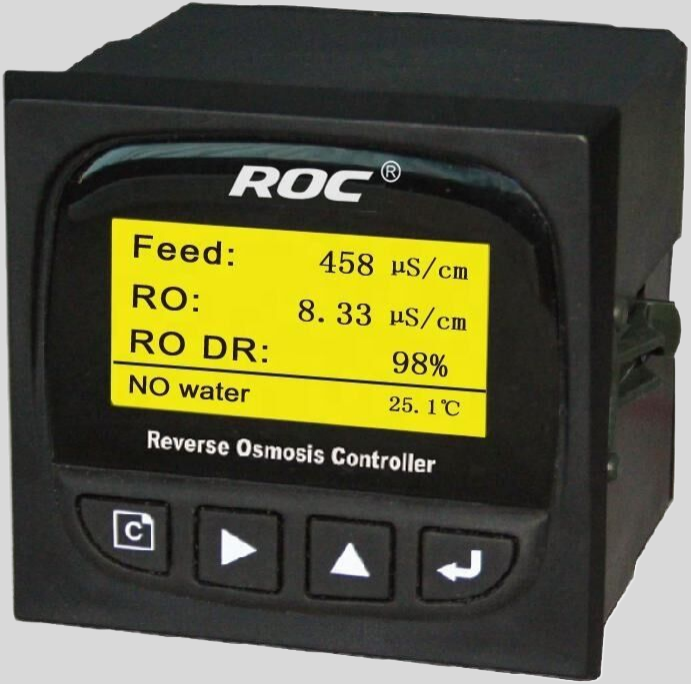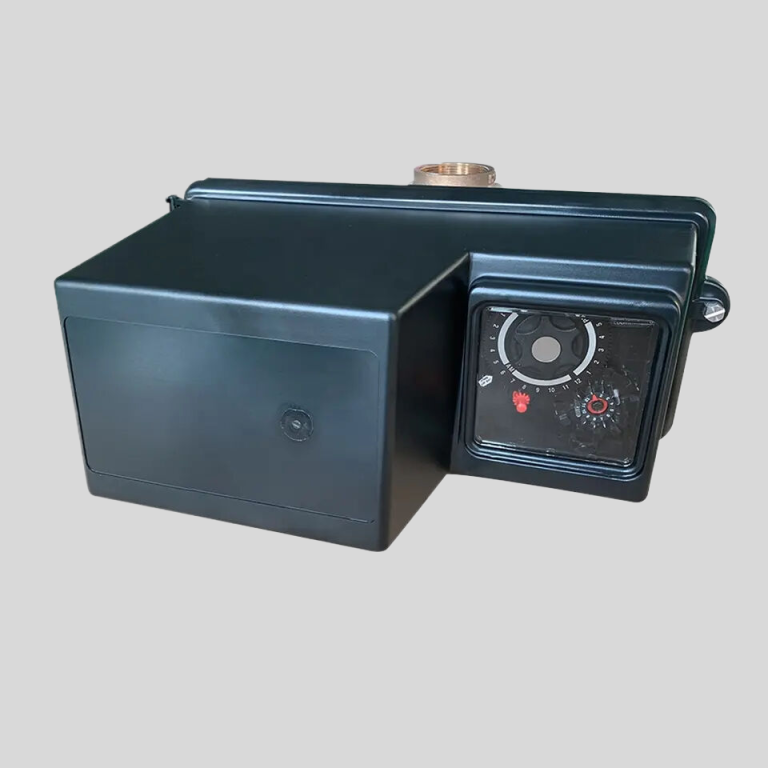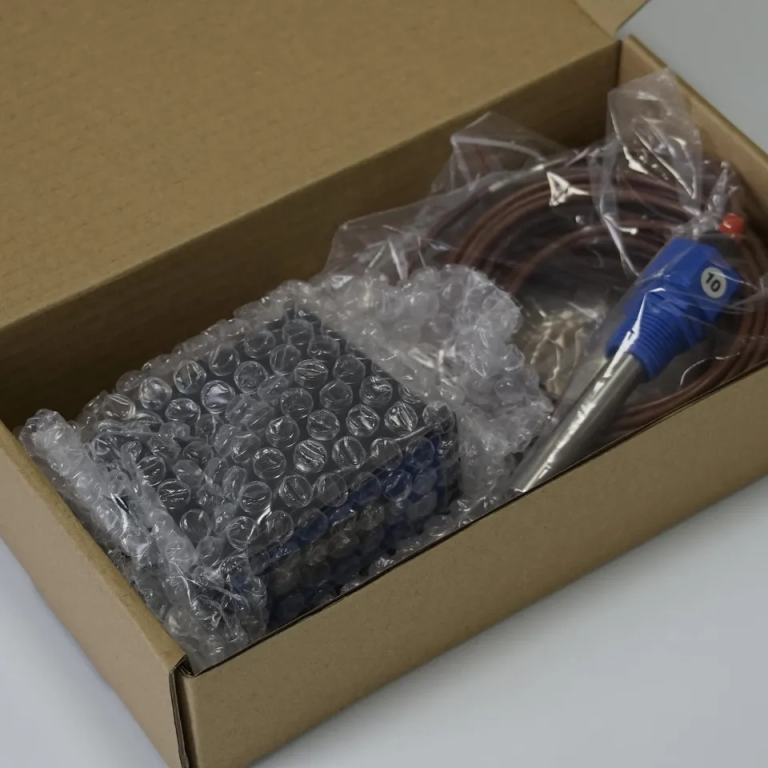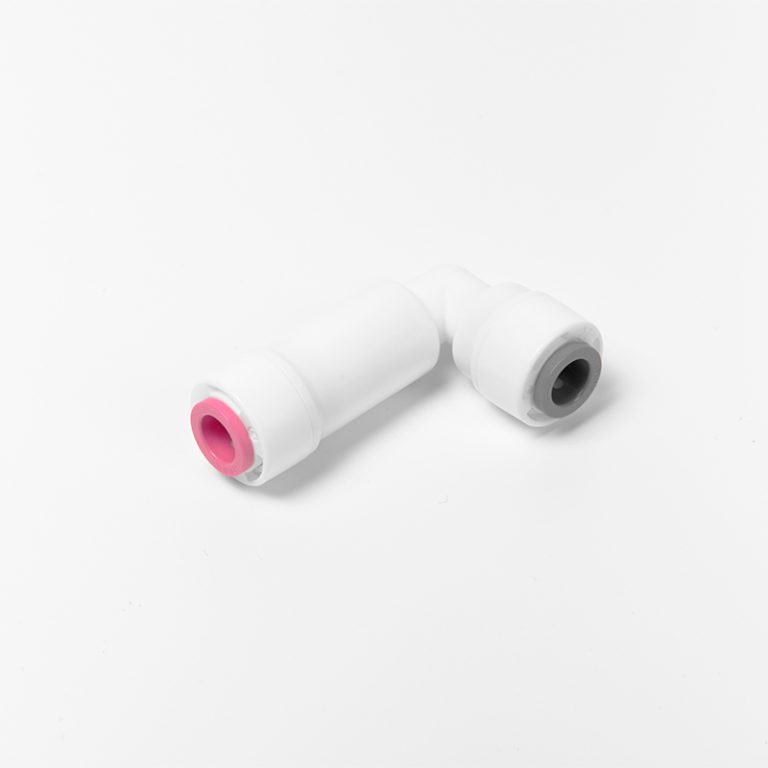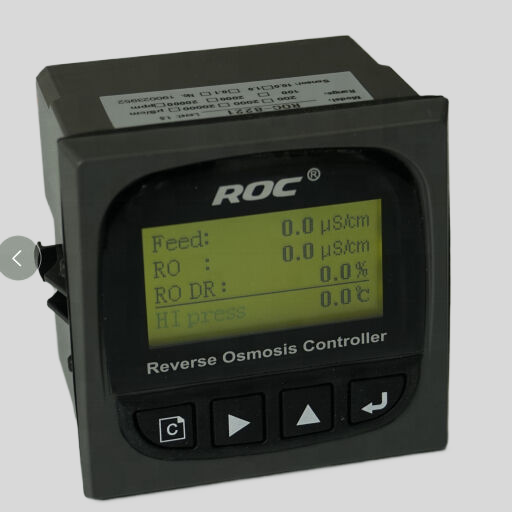The sediment filter on a water softener is typically located near the inlet valve.
Location of the Sediment Filter on a Water Softener
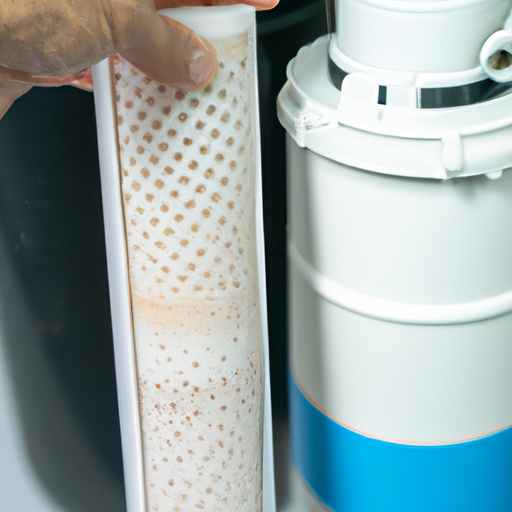
A water softener is an essential appliance in many households, as it helps to remove minerals such as calcium and magnesium from the water supply. This process is crucial because these minerals can cause limescale buildup in pipes and appliances, reducing their efficiency and lifespan. However, in addition to the water softening process, some water softeners also have a sediment filter to further improve water quality.
The sediment filter is designed to remove larger particles such as sand, dirt, and rust from the water before it enters the water softener. This is important because these particles can clog the resin bed in the water softener, reducing its effectiveness and potentially causing damage. By removing these larger particles, the sediment filter helps to prolong the lifespan of the water softener and ensure that it operates at its optimal level.
So, where exactly is the sediment filter located on a water softener? The answer to this question can vary depending on the specific model and design of the water softener. In some cases, the sediment filter is integrated into the water softener unit itself. This means that it is located inside the same housing as the water softener, usually near the inlet where the water enters the unit. In these cases, the sediment filter is typically a replaceable cartridge that needs to be changed periodically to maintain its effectiveness.
In other cases, the sediment filter may be a separate component that is installed before the water softener. This is often the case when the water softener is part of a larger water treatment system that includes other filtration stages. In these instances, the sediment filter is usually installed in a separate housing, either on the main water line or on a dedicated bypass line. This allows for easy access and maintenance of the sediment filter without having to disassemble the entire water softener unit.
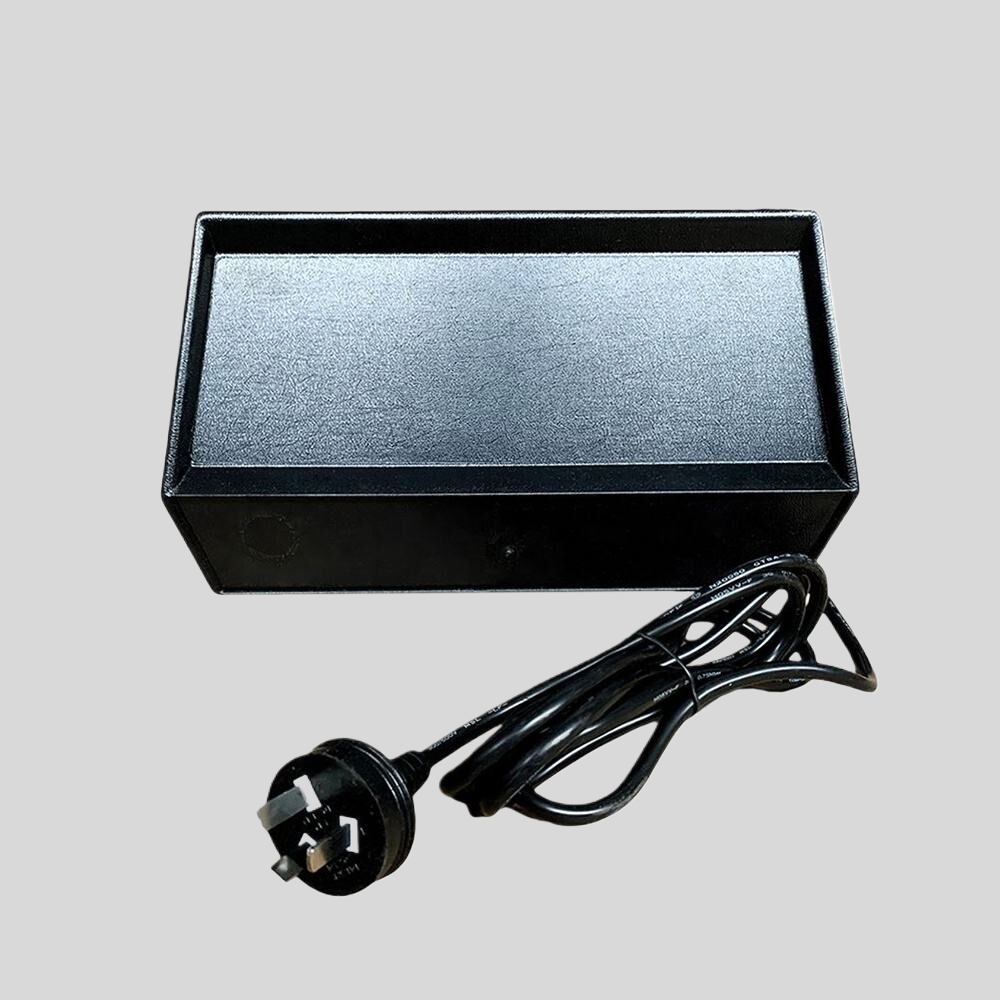
| Model | Valve Material | Inlet/Outlet | Continuous (0.1Mpa drop) | Peak (0.175Mpa drop) | Cv** | Maximum Backwash (0.175Mpa drop) | Distributor Pilot | Drain Line | Brine Line | Mounting Base | Height (from top of the tank) |
| CM39 | Unleaded brass | 3″ | 56.81m³/h | 73.86m³/h | 65 | 100gpm | 3″ | 2″(male) | 3/4″(male) | 6″-8UN or FLG | 15″ |
Regardless of its location, it is important to regularly check and replace the sediment filter to ensure its effectiveness. Over time, the filter can become clogged with sediment and lose its ability to remove particles from the water. This can lead to reduced water flow, decreased water quality, and potential damage to the water softener. Most manufacturers recommend replacing the sediment filter every 3 to 6 months, although this can vary depending on the water quality and usage.
In conclusion, the sediment filter on a water softener plays a crucial role in improving water quality and protecting the water softener unit. Its location can vary depending on the specific model and design of the water softener, but it is typically found either inside the water softener housing or as a separate component installed before the water softener. Regular maintenance and replacement of the sediment filter are essential to ensure its effectiveness and prolong the lifespan of the water softener. By taking care of the sediment filter, homeowners can enjoy the benefits of softened water while also ensuring optimal performance of their water softener system.

